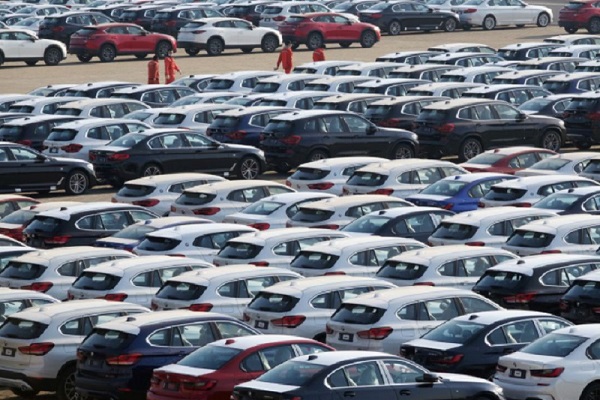Maruti Suzuki stopped production of diesel cars and will next phase out vehicles that run purely on petrol, as the nation’s top automaker seeks to align its product portfolio with the government’s objective of reducing crude imports and emissions.
The transition of the entire portfolio to hybrid, flex-fuel, bio-fuel, and pure electric vehicles will happen over the next seven to 10 years as per the current plans. It discontinued the production of diesel vehicles ahead of the adoption of BS-VI emission standards in India in April 2020.
The company is working on several eco-friendly technologies, said CV Raman, the Suzuki Motor unit’s chief technology officer. “In the next decade, we will convert all vehicles. There will be no pure petrol vehicles. They will either be electrified or driven by CNG or bio-fuels,”.
The executive said all vehicles have to meet the Corporate Average Fuel Economy standards (CAFE) in the 2022-23 fiscal year. Also, BS-VI Phase 2 has to be met for next year and the next stage of tightening emission regulations will happen in 2027 and 2032, he added.
With the cost of electric vehicles yet to come at par with passenger vehicles powered by fossil fuels, full electrification in the segment is likely to take time. In electric passenger vehicles, about 35,000-40,000 kms needed to be driven a year to get payback at current prices, he said.
“Indian buyers drive an average of 10,000 km annually. Therefore, adoption of electric in four-wheelers is expected to happen in fleet first,” said Raman.
Apart from the price barrier, charging electric vehicles currently is a challenge. More than 60% of Indians park on-road and only 20-25% have access to charging points.
“For EVs, base charging has to happen at home or office, infrastructure is needed to address range anxiety. Therefore, we need to look at infrastructure availability at the home, office, and other places in a holistic manner,” he said.
Also, localisation of the vehicle is an important step for electric mobility, he said.
In a country where 70% of the electricity generated is coal-based, electric vehicles will prove to be of little help in reducing pollution. Raman said: “The energy mix has to change, along with product strategy, to meet COP26 (targets on reducing emission).”
Meanwhile, work is ongoing to launch Maruti Suzuki’s first mass-market electric vehicle in 2025.
Maruti Suzuki has also stepped up investments in transitional technologies and opportunities are being examined to democratise them, Raman said.
“Government projection is to reach 30% (electric) by 2030. 70% will continue to be non-electric. Multiple technology options will be required to cater to a wide range of vehicles and customers,” he said.
Raman said it was important to look at the objectives, which are to bring CO2 emissions down by 45% in 2030 compared to 2005 levels, and the available avenues for India. For this, CNG is one option as vehicular emissions are lower by 20% compared with petrol-powered vehicles. Strong hybrids — where the vehicle can run either on the conventional internal combustion engine or an electric motor or on both — help cut CO2 emissions and improve fuel efficiency by about 30% when compared to petrol counterparts. Both technologies do not require the establishment of fresh infrastructure, and neither is the incremental cost too high for customers, Raman said.
“Ethanol is good because 20% blend (with petrol) helps cut crude imports by a similar amount. We are also working on flex fuels. Bio CNG is carbon-negative,” he said.
Maruti Suzuki is set to unveil a midsize SUV — powered by the strong hybrid technology developed by alliance partner Toyota Motor — later this month.
The automaker plans to offer the technology on more vehicles. “EV plus ICE (internal combustion engine) mode is a perfect solution to drive in an eco-friendly manner. We will definitely look at introducing hybrid technology in more models,” he added.
By 2030, full electrification can happen in some segments where it becomes viable from a consumer point of view, like buses, three-wheelers, and maybe two-wheelers, he said. “Two-wheelers account for about 62% of petrol consumption. Electrification in the two-wheeler segment makes sense. As they require a smaller motor and battery capacity, charging is easier. Even in the three-wheeler segment, the price differential with electric is about Rs 1 lakh, which may make sense based on running,” he said, adding: “You can put in place a hub and spoke model. Use case in electric vehicles is very important.”









